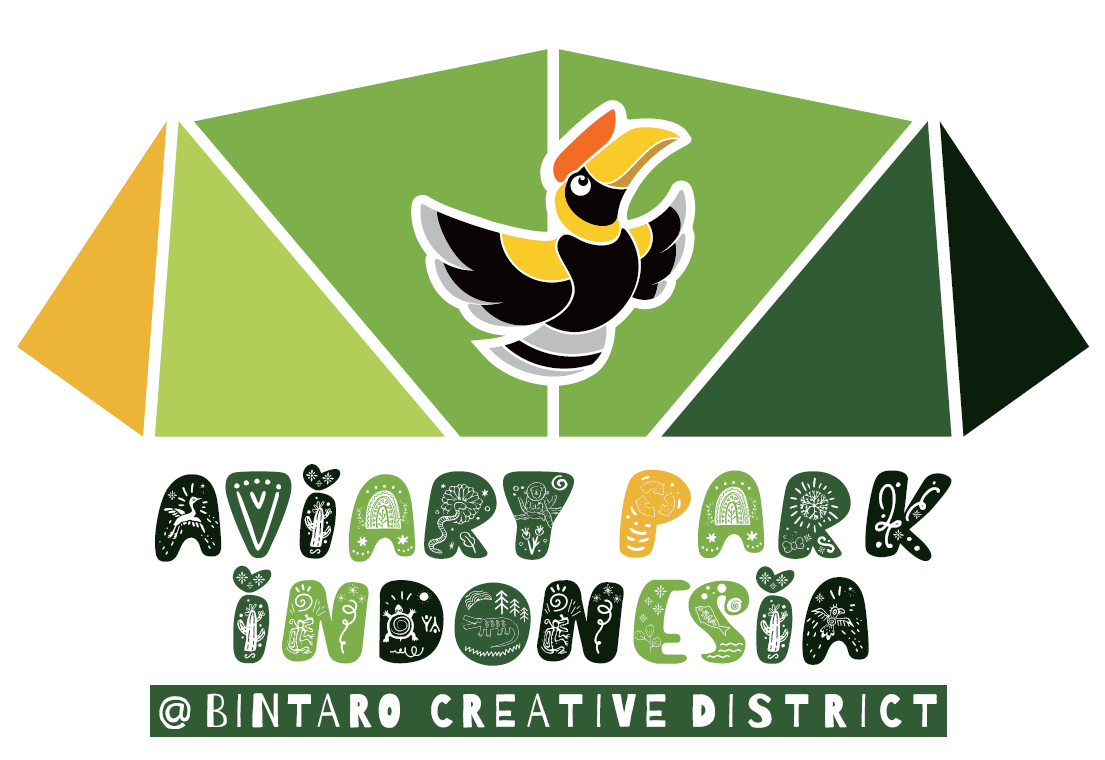Kijang Kalimantan: Exploring Indonesia’s Unique Wildlife
Indonesia is a land of diverse landscapes, rich cultures, and unique wildlife. One of the lesser-known but fascinating creatures that call Indonesia home is the Kijang Kalimantan, also known as the Bornean Red Muntjac. This small deer species is native to the island of Borneo, specifically the Kalimantan region, and is a truly special animal to encounter during a backpacking adventure in Indonesia.
The Kijang Kalimantan is a shy and elusive creature, known for its reddish-brown coat and distinctive white markings on its face and throat. It is a herbivore, feeding on leaves, fruits, and other vegetation found in the dense forests of Borneo. While spotting a Kijang Kalimantan in the wild can be a rare and thrilling experience, there are a few key facts and tips to keep in mind when seeking out this unique animal:
1. Habitat: The Kijang Kalimantan is typically found in lowland and montane forests, preferring dense vegetation and areas with ample cover. They are most active during the early morning and late afternoon, making these the best times to catch a glimpse of them.
2. Behavior: These deer are solitary creatures, usually seen on their own or in small family groups. They are known for their agility and speed, able to quickly disappear into the forest when startled.
3. Conservation status: The Kijang Kalimantan is classified as Near Threatened on the IUCN Red List, primarily due to habitat loss and hunting. Conservation efforts are in place to protect this species and its habitat, making responsible wildlife viewing essential.
4. Cultural significance: The Kijang Kalimantan holds cultural significance for local communities in Borneo, with some tribes incorporating the deer into their folklore and traditions. Learning about the cultural importance of this animal can enhance your understanding and appreciation of it.
5. Wildlife tours: Joining a guided wildlife tour in the Kalimantan region can increase your chances of spotting a Kijang Kalimantan in its natural habitat. Experienced guides are knowledgeable about the local wildlife and can help you navigate the forests effectively.
6. Photography tips: If you’re hoping to capture a memorable photo of a Kijang Kalimantan, be patient and quiet while observing them. Use a telephoto lens to maintain a safe distance and avoid disturbing the animal.
7. Conservation efforts: Supporting local conservation initiatives and responsible tourism practices can help protect the habitats of the Kijang Kalimantan and other endangered species in Indonesia. Be mindful of your impact on the environment while exploring the wilderness.
8. Wildlife etiquette: When encountering wildlife in the wild, maintain a respectful distance and observe from a safe and non-intrusive vantage point. Avoid feeding or approaching the animals, as this can disrupt their natural behaviors.
9. Best viewing spots: Some of the best places to spot Kijang Kalimantan in Borneo include national parks and protected areas, such as Gunung Palung National Park and Danau Sentarum National Park. These conservation areas provide a safe haven for the deer and other wildlife.
10. Conservation challenges: Despite ongoing efforts to protect the Kijang Kalimantan and its habitat, the species still faces threats from deforestation, poaching, and illegal wildlife trade. Raising awareness about these challenges and supporting conservation organizations can make a difference in safeguarding this unique animal.
In conclusion, the Kijang Kalimantan is a remarkable symbol of Indonesia’s rich biodiversity and a testament to the importance of preserving our natural heritage. By learning about and appreciating this unique deer species, travelers can deepen their connection to the environment and contribute to conservation efforts in the region. So, if you’re planning a backpacking adventure in Indonesia, consider adding a wildlife encounter with the Kijang Kalimantan to your itinerary for an unforgettable experience.
Have you ever encountered a Kijang Kalimantan in the wild? What was your experience like? Share your thoughts and stories in the comments below!
